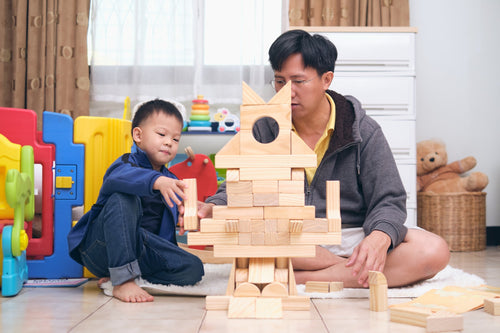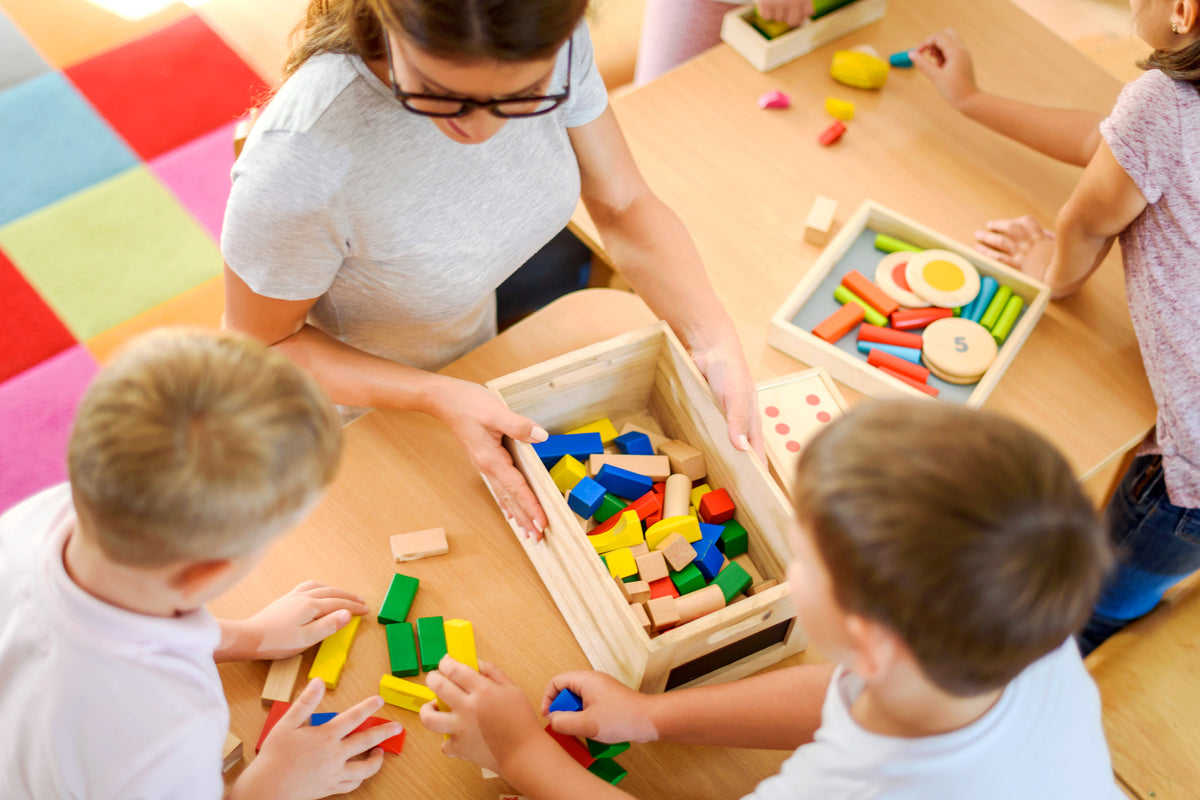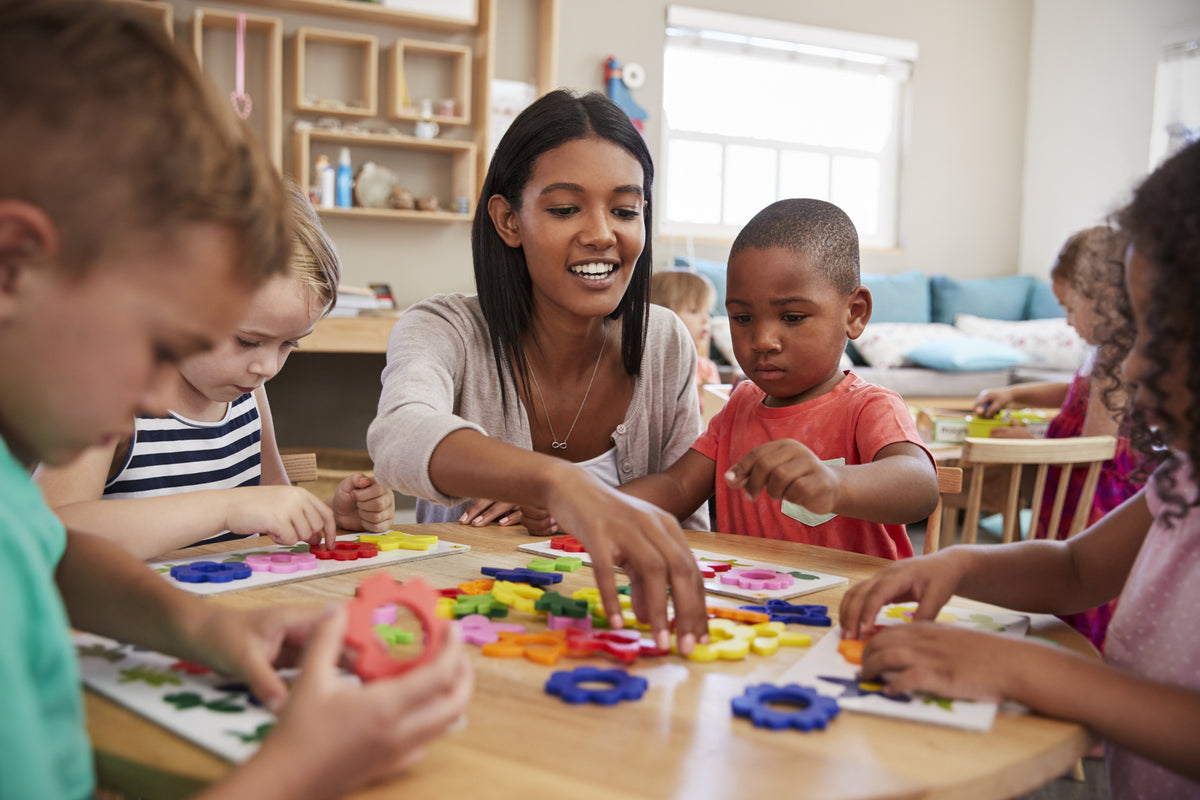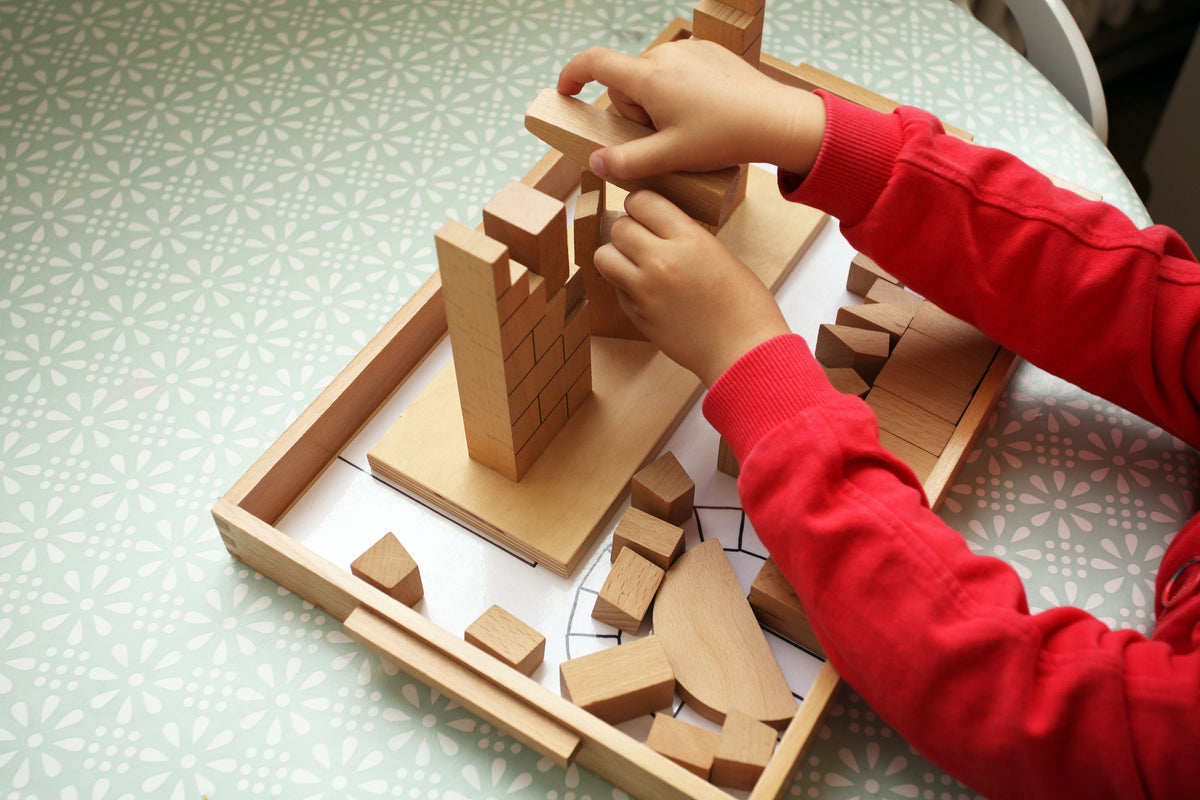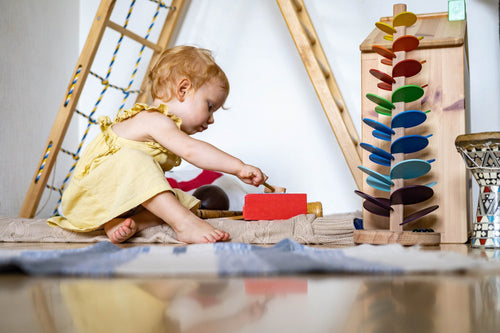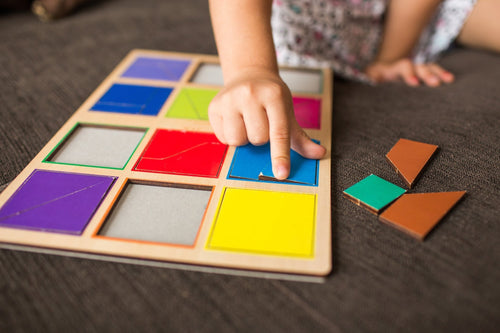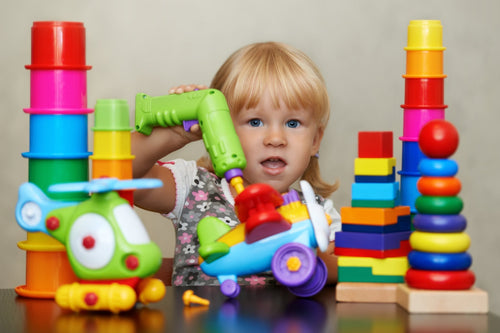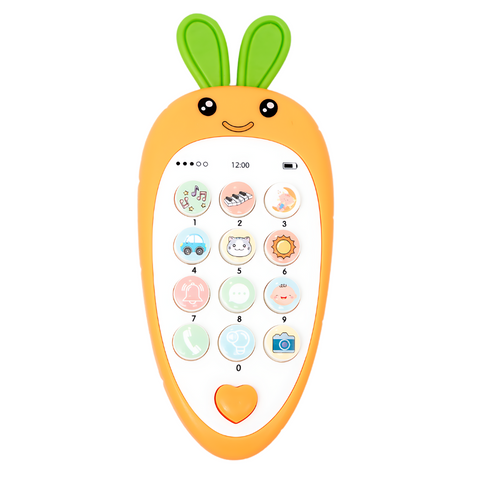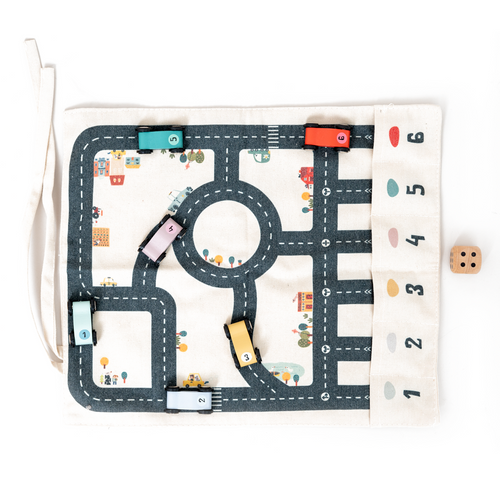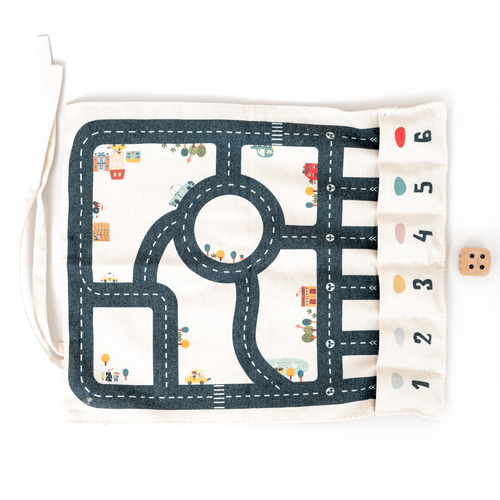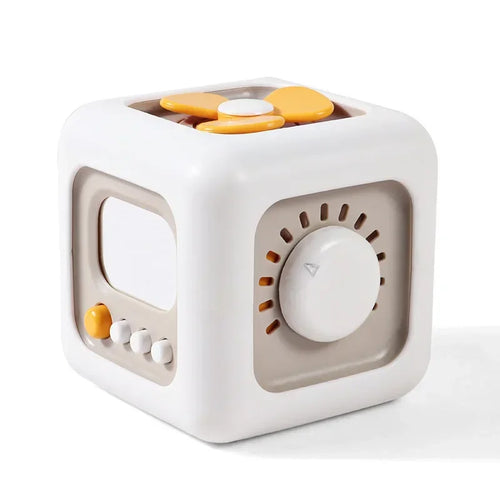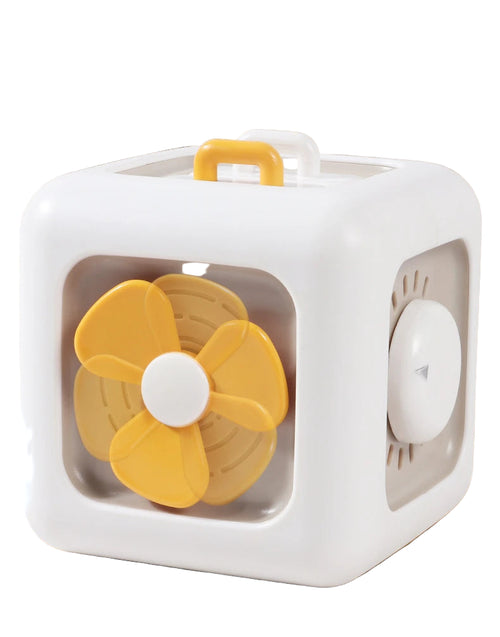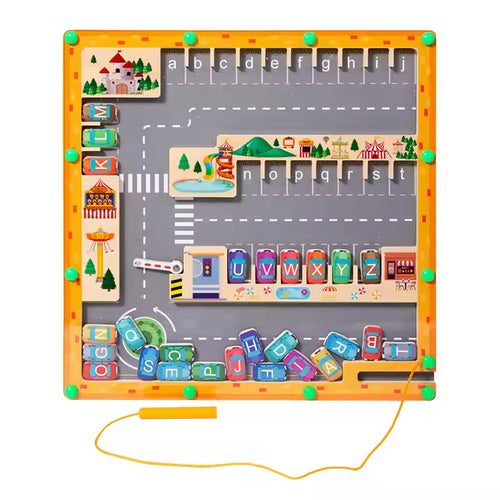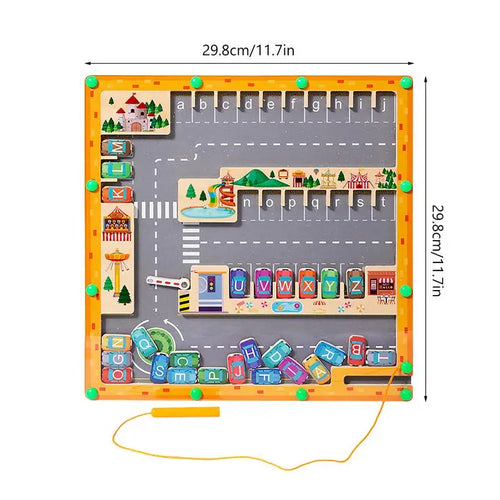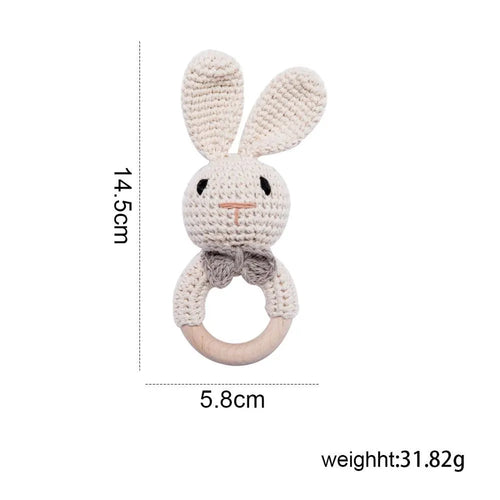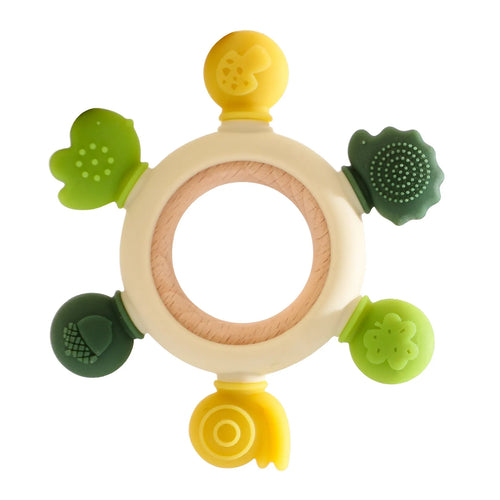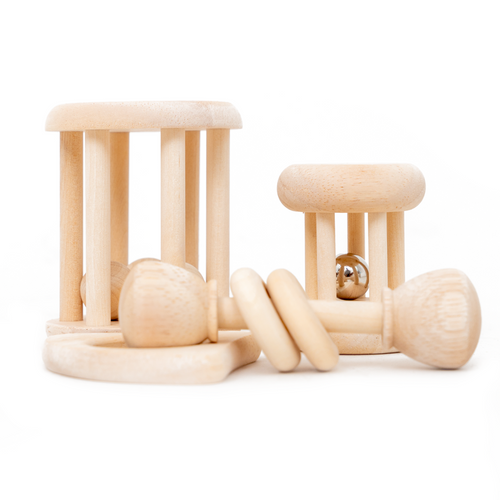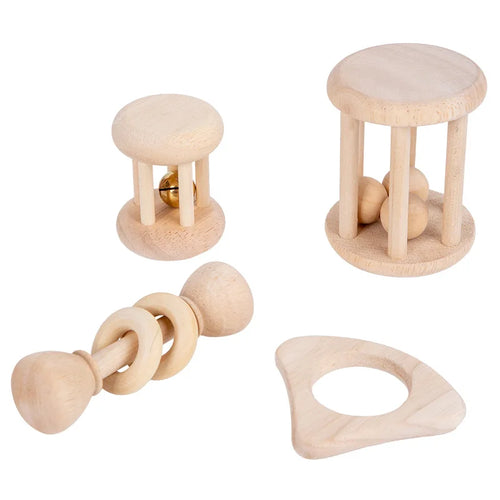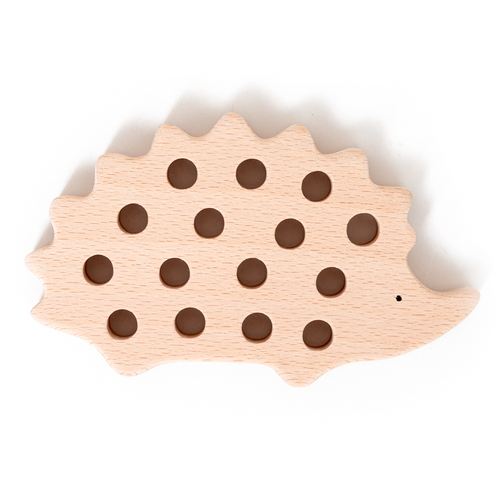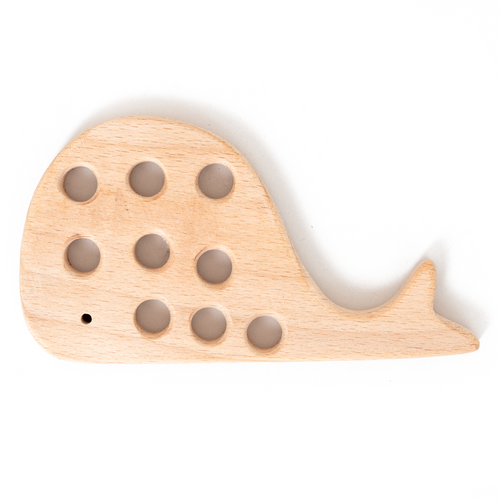
Quick wins:
- Space: one low shelf, floor rug, parking spots on each tray, visible labels.
- Inventory: complete sets in baskets, duplicates for high demand, everything at child height.
- Cadence: observe for 2 to 3 days, swap 1 to 2 trays only, keep favorites as anchors.
What is Montessori toy rotation and why does it improve focus?
Short answer: Rotation means offering a small set of complete, purposeful activities, storing the rest, then swapping based on observation. Fewer, clearer choices reduce decision fatigue, reveal a next step in the skill, and make clean up obvious. Children repeat more, which strengthens attention and confidence.
- Clarity: one goal per tray, all parts included, self-correction built in.
- Order: every item has a home, children can return work independently.
- Respect: shelves at child height signal trust and responsibility.
How many toys should be on the shelf at once?
Short answer: Two to four trays for toddlers, three to six activities for older preschoolers, plus books and one open building set. Anchor the shelf with one beloved activity and one movement activity, then rotate the rest gradually.
- Babies: 2 items visible, one grasping, one visual, rest stored.
- Toddlers: 2 to 4 trays, one simple practical life, one sensorial.
- Preschool: 3 to 6 activities, across fine motor, language, problem solving.
How do I set up the shelf so rotation is easy to maintain?
Short answer: Use the Space × Inventory × Cadence system. Prepare the layout, stage the baskets, then run a quick weekly micro-audit.
Space: layout that teaches order
- One low shelf, one small rug, clear left to right flow, labels on the shelf edge.
- Parking spots on trays, small broom and dustpan for resets, a return basket for stray parts.
Inventory: complete sets, fewer pieces
- Keep all parts on the tray, include a small cloth for spills, choose baskets that fit little hands.
- Duplicate high demand items to reduce conflict, for example two pouring sets.
Cadence: the 10 minute weekly micro-audit
| Check | If yes | If no |
|---|---|---|
| Child repeats the work daily | Keep as anchor, add a harder variation | Swap for one simpler step in the same skill |
| Pieces return to tray correctly | Shelf is clear, increase complexity slightly | Reduce pieces, add clear compartments |
| Crowding or toy hopping | Do nothing, attention is healthy | Remove one tray, spread spacing, add rug boundary |
How do I choose what to rotate, by age and current interest?
Short answer: Follow the child. Notice the action they repeat in daily life, then offer one tray that mirrors it. Use the matrix below to map age bands to interests and next steps.
| Age band | Observed interest | Put out next | Scale up later |
|---|---|---|---|
| 0 to 12 months | Reaching, transferring, tracking | Grasping ring, interlocking discs, spinning drum | Object permanence box, simple posting |
| 12 to 24 months | Pouring, opening and closing, matching | Spoon and pour set, coin box, sound cylinders | Two step pouring, knobbed cylinders, rough and smooth boards |
| 2 to 3 years | Sorting, grading, simple sequencing | Color tablets, size grading blocks, two step transfer | Three step sequencing, early classification games |
| 3 to 4 years | Language naming, sound awareness, planning | Object to picture matching, I Spy sounds, simple mazes | Three part cards, pattern blocks, early gear play |
Explore collections: Montessori • Sensory • Language • STEM.
How often should I rotate toys, weekly or only when interest fades?
Short answer: Rotate when behavior tells you to, not by the calendar alone. Signs to rotate include toy hopping, mess after every cycle, throwing pieces, or ignoring an activity for several days. Keep favorites as anchors for two to three weeks.
- Swap lightly: change one or two trays, never the whole shelf at once.
- Bridge skills: keep the theme but reduce or increase one variable, for example fewer beans, larger spoon.
- Freshness without chaos: introduce new work during a calm part of the day, model once, then step back.
How do I declutter and store toys so rotation is sustainable?
Short answer: Sort by skill, store complete sets in zipper bags inside labeled bins, keep one bin per shelf level. Everything stored ready to go, no hunting for pieces on rotation day.
| Bin | Label | What’s inside |
|---|---|---|
| A | Fine motor | Posting sets, lacing, tweezers, spare containers |
| B | Language | Object baskets, picture cards, three part cards |
| C | Sensorial | Texture and sound materials, grading blocks |
How do I keep rotation inclusive and safe for different ages?
Short answer: Follow toy safety basics and scale difficulty by hand size and attention span. Use a small parts tester for choking checks and water based finishes where possible. Supervise floor play and avoid propping children into positions they cannot reach alone.
- Place baby items on the top shelf out of toddler reach when siblings share a room.
- Offer duplicates of high demand trays to reduce conflict, keep timers optional and neutral.
- For sensitive children, reduce visual load and noise, rotate less frequently, and use one sensory channel at a time.
Which TinyLearns guides should I read next?
- What Are Montessori Toys
- What Are Sensory Toys
- What Are Educational Toys
- What Are Fidget Toys
- What Are STEM Learning Toys
FAQ about Montessori toy rotation
How often should I rotate toys
When interest fades or frustration rises. Many families find a light weekly check works well, swapping one or two trays only.
My toddler throws pieces, does that mean the tray is wrong
Usually the task is too hard or there are too many parts. Reduce pieces, make tools larger, and model once slowly.
Do I rotate books too
Yes. Keep a small basket of high interest books at child height, rotate a few titles each week, and keep favorites as anchors.
Is a toy rotation cart helpful
Only if it supports order. A single low shelf is usually clearer. If you use a cart, limit trays and label parking spots.
How do I handle gifts that do not fit the shelf
Store respectfully, bring out for special times, or repurpose parts that support a single clear goal.
Sources and further reading
- Simone Davies and Junnifa Uzodike, The Montessori Baby, The Montessori Toddler, The Montessori Child.
- Parallel, Associative, and Cooperative Play: Building Toddlers’ Social Skills research overview PDF, for group setup and conflict reduction.
- AAP HealthyChildren — Toy Safety Tips and related safety guidance.

